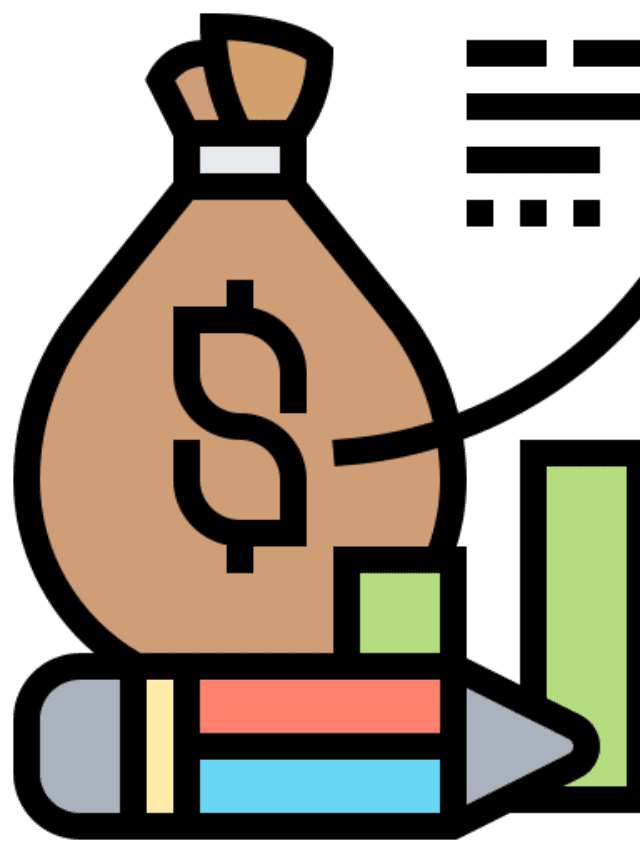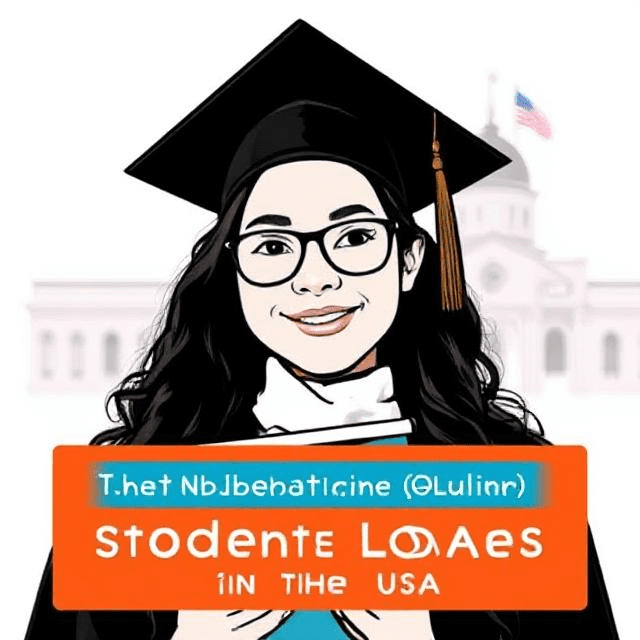Student debt has become a major financial burden for millions of Americans. With the rising cost of higher education, more students are relying on loans to fund their college degrees. While student loans can provide access to education, they can also lead to significant financial stress if not managed properly. This guide will cover everything you need to know about student debt, including types of loans, repayment options, loan forgiveness programs, and strategies for minimizing debt.
Understanding Student Debt
Student debt refers to the money borrowed by students or their parents to cover the costs of higher education. The loans can be taken out from the federal government or private lenders and must be repaid with interest over time.
Types of Student Loans-The Complete Guide to Student Debt in the USA
There are two main categories of student loans:
1. Federal Student Loans
Issued by the U.S. Department of Education, federal student loans come with benefits like fixed interest rates, income-driven repayment plans, and forgiveness programs.
Types of Federal Loans:
- Direct Subsidized Loans: For undergraduate students with financial need. The government pays the interest while the student is in school.
- Direct Unsubsidized Loans: Available to undergraduate and graduate students. Interest accrues during school.
- Direct PLUS Loans: For graduate students and parents of undergraduates. Requires a credit check.
- Direct Consolidation Loans: Allows borrowers to combine multiple federal loans into one loan.
2. Private Student Loans
Offered by banks, credit unions, and online lenders, private student loans have varying interest rates, repayment terms, and eligibility requirements. They usually require a credit check and may not offer the same protections as federal loans.
The Impact of Student Debt
Carrying student loan debt affects various aspects of life, including financial stability, career choices, and long-term goals.
Key Effects of Student Debt:
- Delayed Homeownership: Many borrowers struggle to afford a mortgage due to high loan payments.
- Career Choices: Some graduates choose higher-paying jobs over their preferred careers to repay debt faster.
- Lower Retirement Savings: Young professionals with debt often delay saving for retirement.
- Mental Stress: Large amounts of debt can contribute to anxiety and financial stress.
Student Loan Repayment Options
Repaying student debt requires careful planning. The federal government offers several repayment plans:
1. Standard Repayment Plan
- Fixed monthly payments over 10 years.
- Higher payments but lower total interest paid.
2. Income-Driven Repayment Plans (IDR)
These plans adjust monthly payments based on income and family size:
- Income-Based Repayment (IBR)
- Pay As You Earn (PAYE)
- Revised Pay As You Earn (REPAYE)
- Income-Contingent Repayment (ICR)
Payments are typically 10-20% of discretionary income and can be forgiven after 20-25 years.
3. Graduated Repayment Plan
- Starts with low payments that increase every two years.
- Best for borrowers expecting income growth.
4. Extended Repayment Plan
- Fixed or graduated payments over 25 years.
- Suitable for borrowers with large debt balances.
Student Loan Forgiveness Programs
Certain programs can cancel student debt for eligible borrowers:
1. Public Service Loan Forgiveness (PSLF)
- Available to government and nonprofit employees.
- Requires 120 qualifying payments under an IDR plan.
- Forgives remaining balance tax-free.
2. Teacher Loan Forgiveness
- For teachers working in low-income schools.
- Forgives up to $17,500 on Direct Subsidized and Unsubsidized Loans.
3. Perkins Loan Cancellation
- Available to certain professions like teachers, nurses, and law enforcement officers.
- Forgives up to 100% of Perkins Loans over time.
4. Military Student Loan Forgiveness
- Special repayment assistance programs for service members.
- Includes programs like the Army Student Loan Repayment Program.
Refinancing Student Loans
Refinancing allows borrowers to take out a new loan with better terms to replace existing student loans.
Pros of Refinancing:
- Lower interest rates (for creditworthy borrowers).
- Simplified monthly payments.
- Potential to pay off debt faster.
Cons of Refinancing:
- Loss of federal loan benefits.
- Requires a high credit score and stable income.
- Variable interest rates can increase over time.
Strategies to Minimize Student Debt
Avoiding excessive student debt starts with careful planning.
1. Apply for Grants and Scholarships
- Free money that doesn’t need to be repaid.
- Check resources like Fastweb, Scholarships.com, and College Board.
2. Work While in School
- Consider part-time jobs, work-study programs, or freelancing.
- Reduces dependency on loans.
3. Choose an Affordable College
- Compare tuition and financial aid offers.
- Consider in-state public universities and community colleges.
4. Make Interest Payments While in School
- Helps prevent interest from capitalizing.
- Lowers overall loan costs.
5. Live Frugally
- Cut unnecessary expenses during college.
- Use student discounts, cook at home, and limit nonessential spending.
The Future of Student Debt in the USA
Student debt has become a significant political and economic issue. Discussions on debt relief and policy changes continue, with proposals for broader forgiveness programs and tuition-free college options gaining attention.
Recent Developments:
- Expanded PSLF eligibility.
- Temporary relief measures due to COVID-19.
- Ongoing debates about widespread loan forgiveness.
Conclusion
Student debt is a serious financial commitment, but with careful planning and smart repayment strategies, borrowers can manage it effectively. Understanding loan options, repayment plans, and forgiveness programs can help reduce the burden and pave the way for financial stability. By making informed choices, students can minimize debt and focus on building a secure future.
Share this with your friends and family!


























